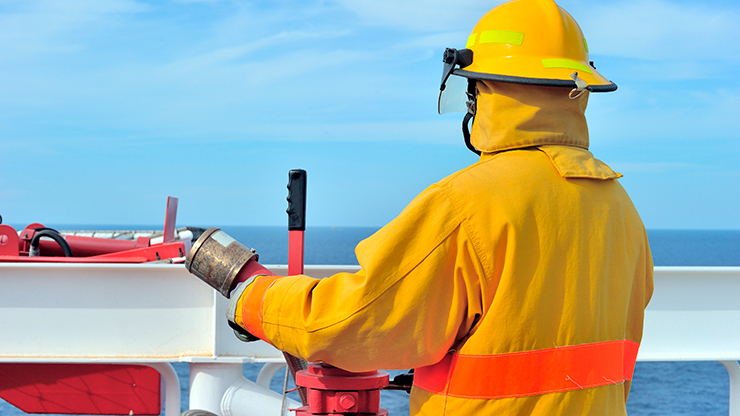- Via delle Azalee, 21 Sant’Alessio con Vialone (PV), Italia
- (+39) 0382-538026
- Lun – Ven 8:00 – 17:30
- Area Riservata Clienti

Scopo:
Consentire al personale che opera su helideck in impianti offshore di mantenere le capacità richieste in caso di emergenza sull’helideck, in modalità che non è possibile condurre nei luoghi di lavoro.
Struttura:
Il corso è strutturato per fornire al personale che opera su helideck in impianti offshore la possibilità di mantenere le capacità richieste in caso di emergenza sull’helideck, in modalità che non è possibile condurre nei luoghi di lavoro.
Aspetti teorici
Esercitazioni pratiche
Esercizi pratici in risposta all’emergenza
Esercizi pratici in risposta all’emergenza
Ingresso ed uscita di emergenza dall’helideck
Possedere un certificato HERTM o HERTM FURTHER in corso di validità
Prossime date su richiesta.
Al superamento di tutte le prove, viene rilasciato il certificato HERTM – Helideck Emergency Response Team Member (Further Training) approvato OPITO.
Compila il modulo qui sotto per chiedere informazioni sul corso. Saremo da te appena possibile.
Via delle Azalee, 21
Sant’Alessio con Vialone (PV), Italia
Copyright © 2023. All rights reserved.